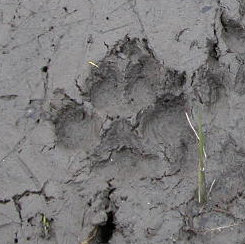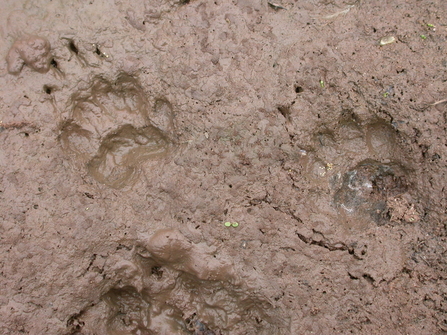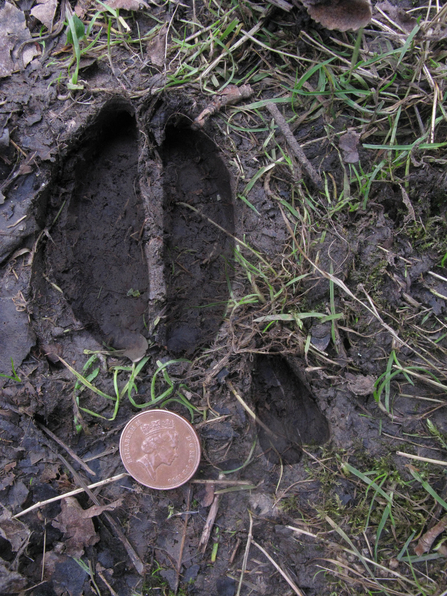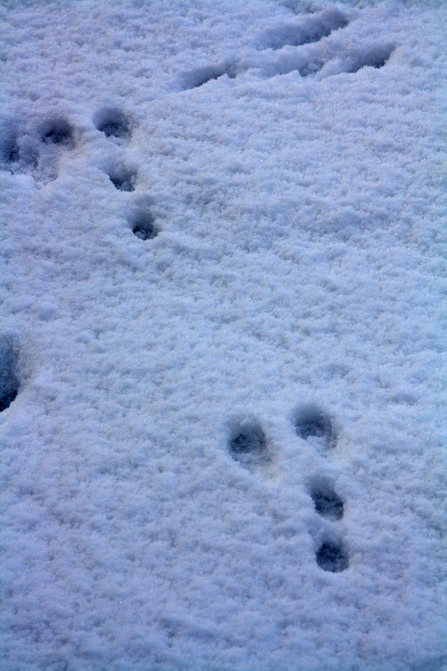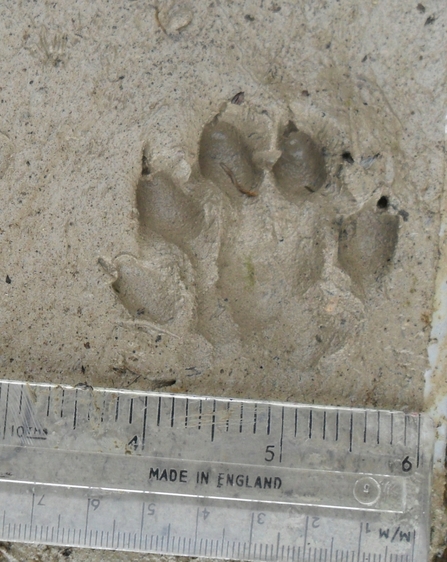Mammals like to stay hidden, and they’re very good at it! Many prefer to emerge at night, when they’re protected from prying eyes by the cover of darkness. However, even the stealthiest species leave behind clues for us to find. Look around and you’ll see tell-tale signs of these animals’ hidden presence. Let’s take a look at some of the prints you might find…
Cats and dogs
Being able to tell the prints of cats and dogs apart from prints left by wild animals is necessary when playing detective. Because dogs come in such a variety of sizes, their prints can be very variable, though are often around 3-5cm wide. They have four toes with big claw marks in front of the toes. Cat prints are generally 2-3cm wide and, because cats pull in their claws when walking, they have no claw marks at all.

